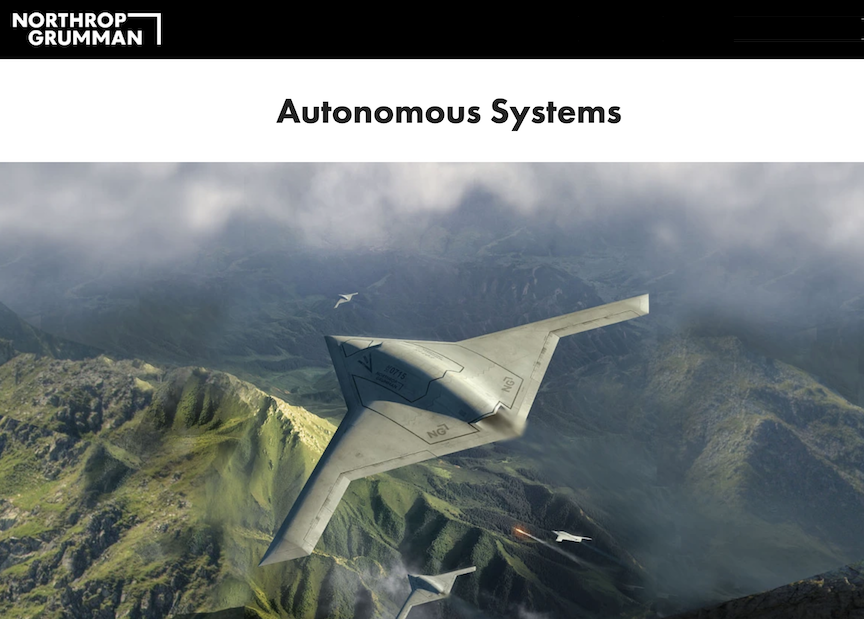
“Autonomy is in high demand right now. It helps alleviate problems with communications and jamming, and relieves burdens from routine tasks that Pilots, Sensor Operators, and Intelligence Analysts face during aircraft operations…”
The Department of Defense’s Joint Artificial Intelligence Center (JAIC), now integrated into the Chief
Digital and Artificial Intelligence Office (CDAO), recently teamed up with an Air Force developmental test squadron to successfully complete a full-spectrum developmental test of the “Smart Sensor” unmanned aerial system (UAS) and artificial intelligence (AI)-enabled autonomy capability. The event spanned four weeks through April and May at a test range in the western U.S. The event marked a major milestone for the Smart Sensor autonomous system, as it was the first time that the Smart Sensor system was integrated, flown, and independently tested on a government-owned aircraft operated by USAF test pilots.

“It’s one thing to throw a capability together on a surrogate aircraft and demonstrate it at an exercise. It
is quite a different story to subject your maturing technology to the professional developmental test
community. It is not yet an Operational Test environment, but the advances in autonomy and sensor
integration were clearly demonstrated,” said Lieutenant General Michael Groen, the former JAIC
Director. “There were many layers of review and approval needed, including airworthiness,
cybersecurity, safety, and test evaluations. Much of this was new terrain, proving out the concepts for
platform autonomy, and building the test structures for how it is evaluated. The partnership with the
USAF was critical. This series of test flights saw the team successfully complete most of their technical
objectives. We’re looking forward to continued advances as this system and the broader capability it
represents speeds toward program transition to the Services.”
The CDAO has a National Defense Strategy mandate to accelerate the adoption of data, analytics, and AI across the Joint Force. Smart Sensor is a CDAO project delivering an on-platform, AI-enabled autonomy package that allows a UAS to conduct automated surveillance and reconnaissance functions in contested environments. The initial capability development leveraged the MQ-9 because it had the size, weight, and power to carry the Smart Sensor hardware and software suites. Beyond the initial integration, the program represents an advance in ‘platform agile’ capabilities that could be integrated into a variety of programs. Smart Sensor serves as a pathfinder program for autonomy and automation for the DoD at scale. The CDAO works in partnership with Johns Hopkins University Applied Physics Laboratory (JHU-APL) as the developer of the core capability behind the system, a software package known as the Smart Sensor “Brain.” The Brain is not only capable of autonomously controlling multiple sensors, but also perceiving, making inferences, and reporting observations without the requirement for ground Processing, Exploitation and Dissemination (PED).

The CDAO also partners with General Atomics (GA), which is developing the platform autonomy
framework, using government-owned open architectures such as the Universal Command and Control
and Open Mission Systems interfaces, providing increased interoperability with other DoD manned and
unmanned systems.
“Autonomy is in high demand right now. It helps alleviate problems with communications and jamming, and relieves burdens from routine tasks that Pilots, Sensor Operators, and Intelligence Analysts face during aircraft operations,” says Colonel Nicole Ruff-Lehman, MQ-9 SPO Division Chief. “We’re not looking to replace human operators, but rather shift their roles so they can supervise aircraft and take manual control when there’s a complex problem requiring human interface.”
“Advancing the state of the art in a responsible, ethical, and disciplined way is what the CDAO brings to
the fight,” stated Lt Gen Groen. “Development-to-fielding timelines within the Department are relatively
slow and risk intolerant. The CDAO creates opportunities to accelerate the entire force in digital
modernization, including advanced capabilities like autonomy and artificial intelligence.”
